Mak-sei
The wiki
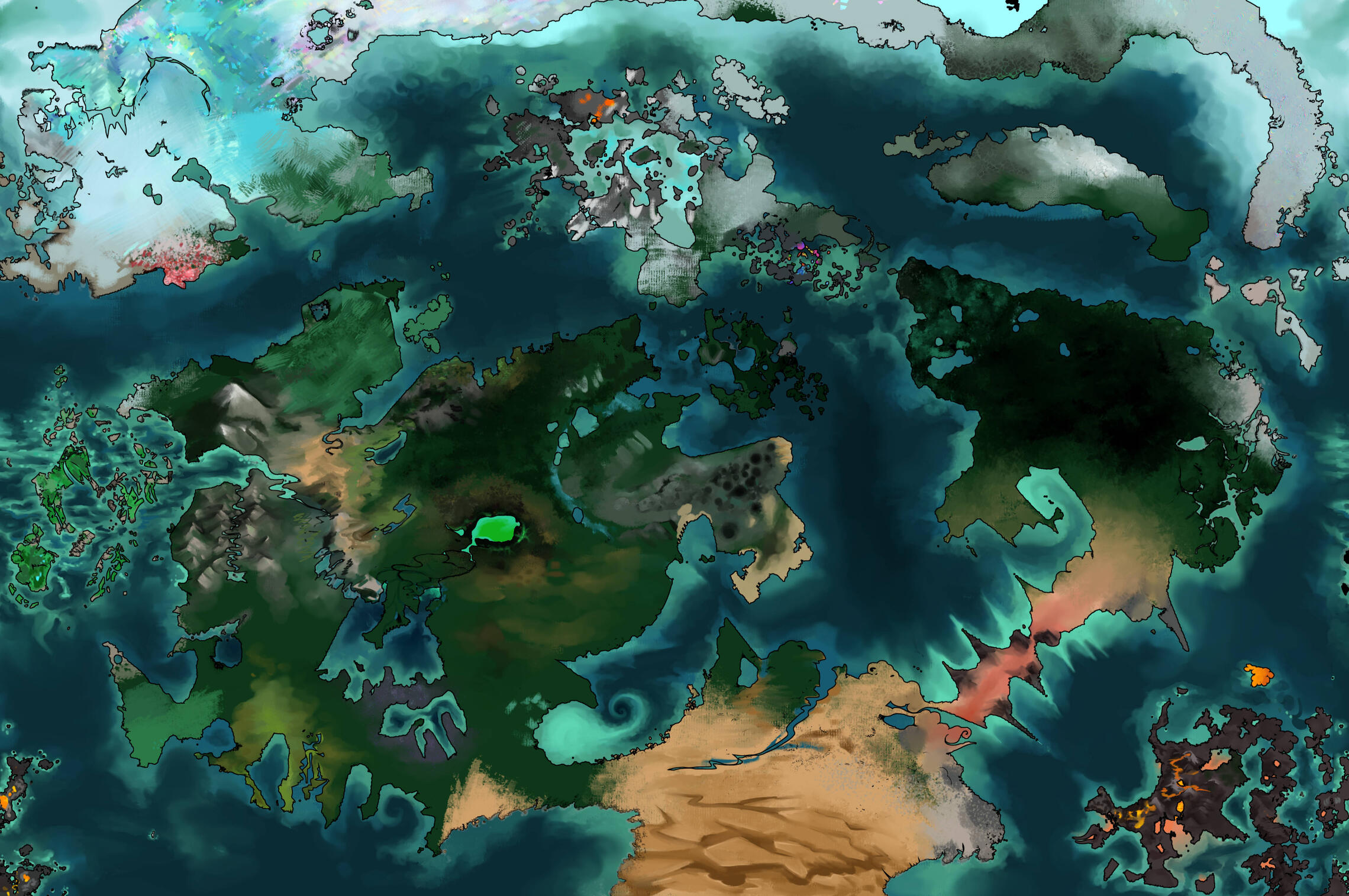
Species
All known documented species in Mak-sei
Air
| Mix Well: | Mix OK: | Mix Bad: |
|---|---|---|
| Fire | Earth | Dark |
| Poison | Water | - |
| Electric | - | - |
Air
The element that goes hand in hand with poison, but is the element of the atmosphere. Most things in encompass are gasses like oxygen and hydrogen, or spaces encompassing the element as well. Often associated with life.
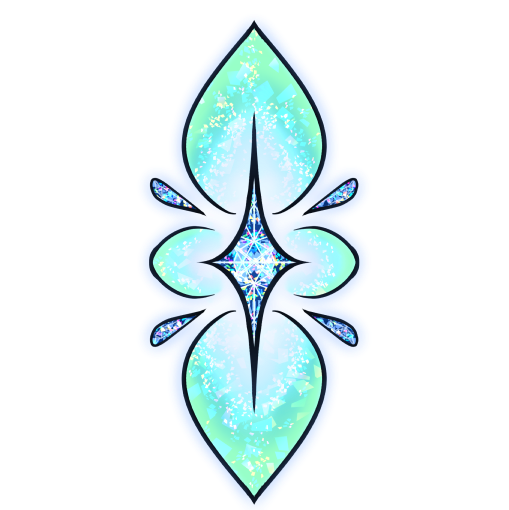
Dark
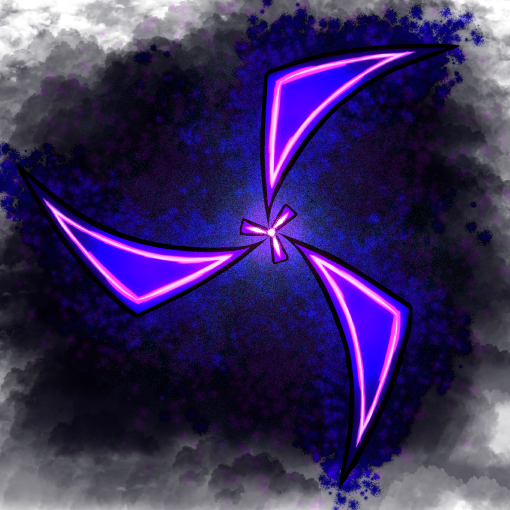
| Mix Well: | Mix OK: | Mix Bad: |
|---|---|---|
| Poison | Electric | Air |
| Earth | Water | - |
| Electric | Fire | - |
Dark
This element often has to do with darkness, and light levels, as well as often associated with death
Earth
| Mix Well: | Mix OK: | Mix Bad: |
|---|---|---|
| Water | Air | Fire |
| Dark | Poison | - |
| Electric | - | - |
Earth
The earth element incorporates things that spawn from the earth. This can include some living things such as plants, but mostly consists of rock, dirt, and mud.
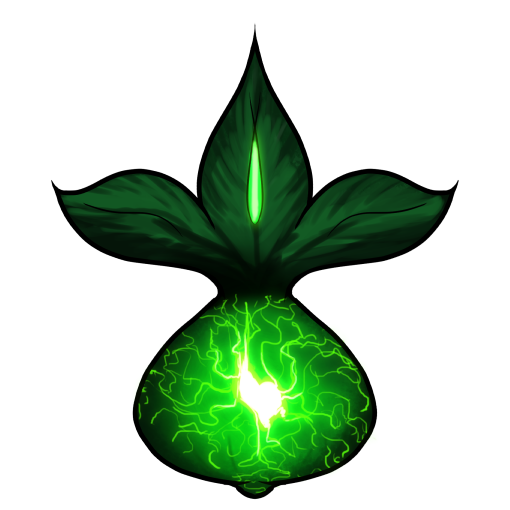
Electric
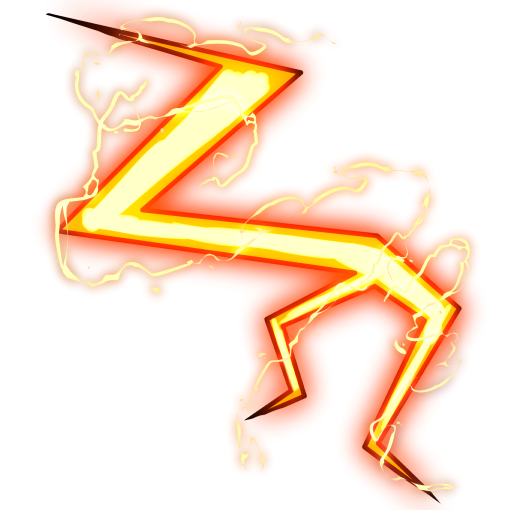
| Mix Well: | Mix OK: | Mix Bad: |
|---|---|---|
| Water | Dark | Fire |
| Air | Poison | - |
| Earth | - | - |
Electric
This element encompasses things such as electricity, and flows of current, as well as magnetic and circuit current properties.
Fire
| Mix Well: | Mix OK: | Mix Bad: |
|---|---|---|
| Air | Dark | Electric |
| - | Poison | Water |
| - | - | Earth |
Fire
This element includes things such as Fire, Heat, and temperature
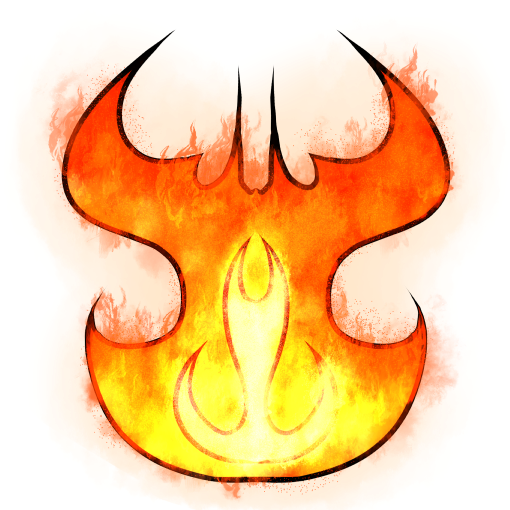
Poison
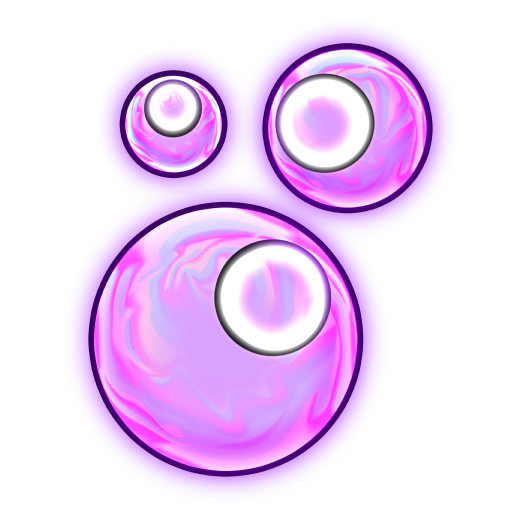
| Mix Well: | Mix OK: | Mix Bad: |
|---|---|---|
| Air | Fire | - |
| Dark | Electric | - |
| - | Earth | - |
| - | Water | - |
Poison
Poison not only encompasses all methods of poison, but also toxic chemicals and substances. Things that can classify as poison can vary, such as Radiation and [Br] Bromine.
Water
| Mix Well: | Mix OK: | Mix Bad: |
|---|---|---|
| Earth | Air | Fire |
| Electric | Poison | - |
| - | Dark | - |
Water
This element has anything to do with H2O and the form of water. (gas, solid, liquid)

Demons:
Demons are a creature derived from humans (humanoid), and are traced back to the Magical Blast. There are 2 main classes of demons, and 3 races of demons.
names based on blood color showing through skin
different amounts of magic resistance leads to different algae/bioluminescence amounts. magic resistance or magic affinity leads to not absorbing.
Demons:
A horned humanoid biped being, mostly omnivorous, and is often in social communities. They have wings and do not need to feed on sex essence to survive, unlike their succubi / incubi counterparts
Succubus/Incubus:
Succubi:
Feminine/Female demons that require sexual essence to survive
Incubi:
Masculine/Male demons that require sexual essence to survive
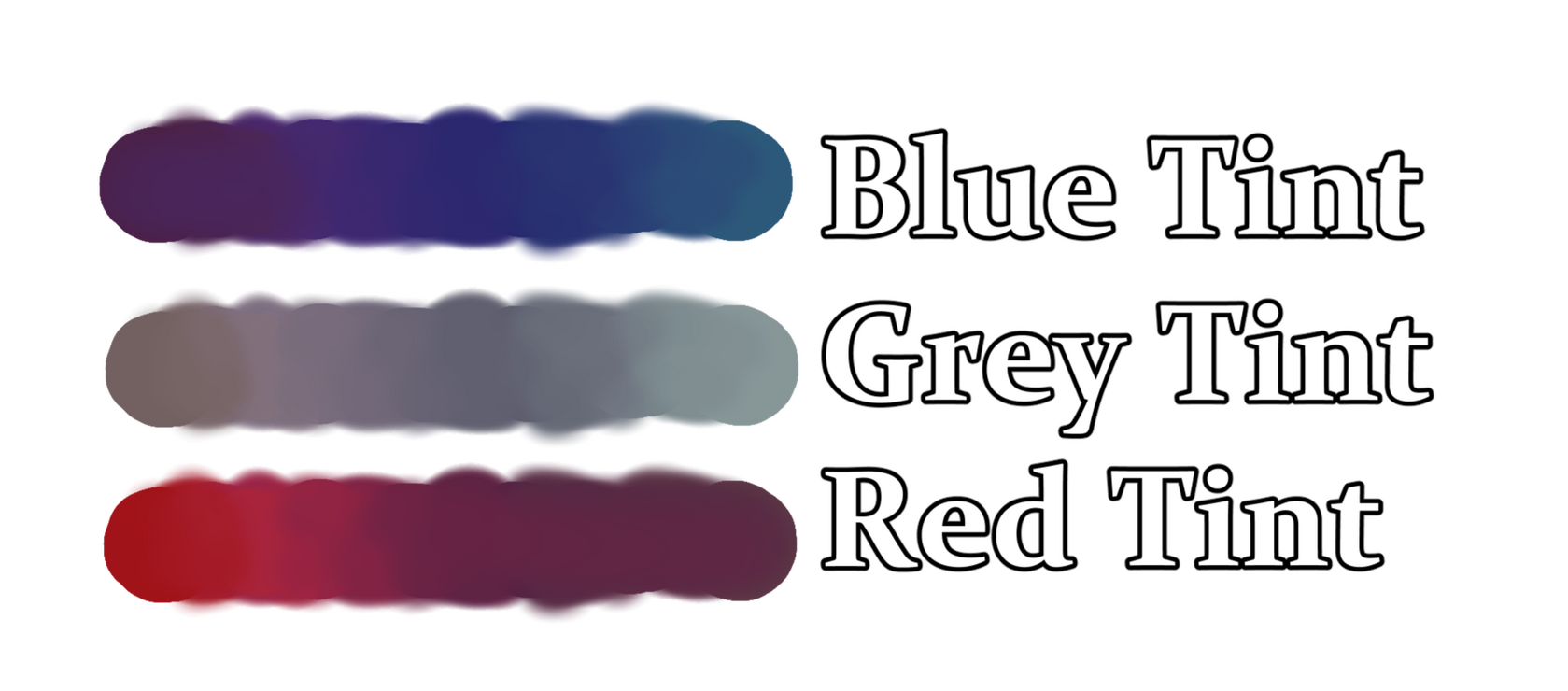
Blue Demons:
A curled horned demon, who's skin is blue tinted due to their blue hue'd blood. Often more heavy set and have a thicker tail that gets thinner to the tip.
Grey Demons:
A straight horned demon who's skin is grey due to the lack of pigment in their blood. Often very thin set and have a lion-like tail.
Red Demons:
A slightly curled horned demon, whos skin is red tinted due to their red blood. Often more muscular set, and have a traditional demon-like tail.
Red demons
Upturned ears. Horns on hairline/forehead, or close to the temple (crown of head). generally shorter than other demons, average-ish height (4-4.5 ft fem, 5-7ft masc). not friendly with elves. Hornier on main than the other two. eat bioluminescent mushrooms to absorb luminescence for aesthetic reasons to turn purple. straight horns, but like curls for aesthetic reasons. lava resistant, cold and electricity sensitive. Red or Purple skin ideal (prefer extreme tones). Short hair for men(shoulder length or less), long hair for women. Braids and up-dos are popular. have a handful of favored body types, try to be body inclusive but don’t always succeed. beauty standard issue bc of hyper sexuality. very slightly can shapeshift to make themselves 'prettier' to look at.
Biology
biology...
Grey demons
Double ears, double eyes (infrared and low light/night vision). Cave dwelling, subterranean. Susceptible to disease. Horns on top of head (cap of head). good swimmers (underwater cave systems). Height (4-6ft fem, 4-9ft masc) more diverse height than other two. sensitive to sunlight, atmospheric pressure changes (cave air pressure), altitude sickness and the same thing divers get when they don’t depressurize/acclimate. Smaller nostrils due to dust (more desert features/more african than european noses). smaller lungs, can absorb oxygen through skin or gills like frog or fish. rougher skin than red. can live anywhere in the world that a cave exists. . eat bioluminescent mushrooms, don’t absorb the luminescence, only digest the magic to sustain themselves. Possibility of inbreeding/incest if cave is not diverse enough. mushroom farmers. burns really easily in sunlight unless an individual has had the algae stuff.
green?: grey who have had enough algae and been adopted by red or blue
Biology
biology...
Blue demons
Downturned ears. generally taller (5-6ft fem, 6-9ft masc). heavier set. patches of roughness on exposed skin, otherwise soft skin. longer, curlier horns like a goat. horns start around the temple. love more north. cold resistant. live above ground, use surface caves for shelter. friendly with elves. absorb algae from magic springs/ponds as infants to photosynthesize for part of their energy needs (ritual once a year). algae grows in exposed areas (face, back of hands. shoulders and chest in summer like a sun tan). sensitive to hot temperatures/heat, sensitive to darkness. blue and teal skin is ideal. redder blood mutation means they can’t process the algae stuff, similar to red demons.
Witches
Witches are bipedal humanoid beings that originated from the transformative effects of a monumental magical blast, which emerged from the human population. Initially, their presence was concentrated around the oasis until the catastrophic explosion of the Iron Fist compelled the surviving witches to seek refuge in the southern regions near the Gulf of Rainbow Shells, where the prevalent radiation was comparatively lower.A defining characteristic of witches is the profound sense of sisterhood that unites them. Within the witch community, every individual, regardless of gender, is regarded as a "sister," and gender identity is respected and acknowledged accordingly. While most witches are born female, instances of both male and female witches have been recorded. It is worth noting that witches possess a more fluid and open perspective on gender compared to their warlock counterparts. They embrace diverse expressions and experiences, often eschewing rigid labels and exhibiting a willingness to explore and evolve their personal identities.Upon reaching the age of 16, witches have the privilege of selecting their chosen field of elemental study. Some witches dedicate themselves to mastering a single element, while others opt for a more versatile approach, becoming proficient in multiple disciplines. Additionally, witches are recognized for their unique characteristic of possessing black blood. They attribute their magical abilities to the inherent power contained within their blood, with some even engaging in the perilous practice of "blood magic," a highly dangerous form of witchcraft. Inheritance of magical abilities is often passed down through generations, although occasional instances of genetic variation may result in skipped generations. It is generally observed that witches begin to manifest their abilities between the ages of 10 and 16, with a few late bloomers experiencing their magical awakening around the age of 20. However, if no magical aptitude manifests by the age of 25, it is commonly assumed that the individual will not possess magical abilities.In contrast to the more mechanical and technical approach favored by warlocks, witches employ organic and natural methods in their practice of magic. Often associated with corvids due to their affinity for feathers, witches draw upon the organic powers of nature as they progress in their magical journeys. They uphold a responsible approach to resource utilization, ensuring sustainable hunting practices and actively monitoring species populations to prevent overhunting and potential extinction. Embracing the concept of balance and reciprocity within the natural world, witches frequently employ all parts of an animal when utilizing its resources for magical ingredients, honoring the belief in the Earth's inherent equilibrium.
Biology
Witches possess a distinctive array of biological characteristics, often drawing comparisons to corvids and earning the epithet of "birds" from the warlock community. This resemblance has led many witches to reclaim their inherent power by forming bonds with corvids as cherished companions.In terms of physical appearance, witches exhibit a wide spectrum of skin tones, encompassing the full range observed in humans. This diversity stems from their origins in the Magic Burst, during which they were transformed from human beings. Consequently, witches share numerous traits with humans, including variations in skin tone, hair texture, and overall body structure.Notably, witches possess distinct feathered features reminiscent of corvids. Longer feathers tend to adorn their hips and shoulders, while medium-sized feathers are typically present around the elbows and knees. The shortest feathers can be found on the arms, legs, face, and pubic region, contributing to the unique aesthetic of witches.In contrast to warlocks, who concentrate their magic within their core, witches experience a more diffused distribution of power throughout their bodies. The potency of a witch's magic remains consistent regardless of its location within their anatomy. For instance, a witch's finger can possess as much magical potential as their heart. Unlike warlocks, witches lack the ability to consciously manipulate the flow of magic within their bodies. While a warlock can channel their magic from their core to their hands, witches inherently possess magical energy throughout their entire being, without the capacity to control its specific localization.
Warlocks
Warlocks are a bipedal humanoid species that originated from the transformative effects of the magic blast, stemming from humans. Upon reaching the age of 18, warlocks are assigned their elemental focus and proceed to graduate from the esteemed Basic School of Wizardry. Graduates of this foundational education then advance to the specialized study of their chosen element within the prominent main tower.A noteworthy characteristic of warlock society is their commitment to maintaining equilibrium and order among the elements. To ensure balance, an equal number of students are allocated to each elemental discipline. This dedication serves as a guiding principle in their pursuit of magical knowledge and mastery. Warlocks possess a distinctive dark blue blood composition. Their moral perspective, when juxtaposed with that of witches., has led to comparisons evoking notions akin to contemporary "incels."Warlocks exhibit a fervent affinity for integrating mechanical and technical aspects into their practice of magic. They revel in pushing the boundaries of magical capabilities, often disregarding considerations of resource allocation, time, and quantity. Many warlocks possess a sense of entitlement towards resources and eagerly accept the challenge of acquiring even the most elusive and seemingly unattainable materials.Renowned as the creators of the Iron Fist, warlocks played a pivotal role in transforming the Eye of Fir dúr, formerly known as the Oasis, into its current state. Once they rendered the entirety of the eye habitable, they migrated northward to the Northern Horn, where the prestigious Wizard Magic School now resides as the epicenter of their magical education.
Biology
Warlocks possess a distinct set of characteristics that have often drawn comparisons to frogs, leading to them being referred to as "Toads" by witches, despite the prevalent exclusion of witches in warlock spaces. Their skin coloration can vary, encompassing warm red/green tones, yellow/green hues, and cool green/blue shades. Originating from the Magic Burst event, warlocks share numerous traits with their human origins, particularly concerning hair texture and overall body structure.One notable feature of warlocks is the secretion of a slimy residue from their toad-like skin. Resembling that of frogs, this substance contributes to the adhesive quality of their fingers and toes. Additionally, warlocks possess several gill-like structures located on their shoulders and ribs. The skin in darker regions of their bodies tends to exhibit greater roughness, predominantly affecting areas such as the elbows, back, knees, hands, and feet.In terms of magical energy distribution, warlocks primarily channel their power within their core or torso. Unlike witches, who possess power throughout their entire body, warlocks must concentrate their magic into specific body parts. For instance, a warlock can direct their magic from their core to their hands, allowing for precise manipulation and spellcasting. It is noteworthy that warlocks can undergo training to expedite the process of conjuring magic from their core to the desired body part.
The Iron Fist
The weapon that Warlocks designed that caused the Eye of fur dur to be the radioactive wasteland it is
School of Academic Magic
This will be marked as a location eventually and not on the warlocks page
Fairies / Faeries
Fairies (also known as Faeries) are the delightful cousins of Pixies, and often have wings similar to butterflies/moths.They are often associated with being the little pleasant 'fae of the day' and are most often seen on clear sunny days. Those described to have more butterfly wings would be more likely to associate with the suns energy, as those who have moth wings would be more associated with the moons energy.
Biology:
Wings:
Fae often have wings that would be described as similar to various butterfly's and moths. It is a thin layer of skin that often feels like a small fuzzy velvet fabric. Their wings are extremely fragile, but can heal with the power of magic and time. If a fae loses their wings however, it will most likely need assistance for the rest of their life in ways of others or mobility aids.
Moth Fae:
Moth Fae are most often seen near the afternoons or evenings. Their internal clocks are more tilted towards the evening times compared to the butterfly Fae. Often times Moth Fae are seen moon-bathing as they garner most of their energy from the moon.They often befriend the pixies due to them being awake around the same time. Moth fae often
Butterfly Fae:
Butterfly Fae are most often seen near the mornings/mid day. Their internal clocks are more tilted towards the morning times compared to the moth Fae. Often times Butterfly Fae are seen sun-bathing as they garner most of their energy from the sun.
Behaviors & Views
Things Most Fae Value:
Weather & Nature
Cleanliness
Playfulness
Relaxation
Visuals & Aesthetics
Art
Magic
Communication
Daylight
Pixies
Pixies are the devious cousins of Faries, and textually similar to sprites. Their wings often resemble insect wings of various kinds. These are the little cursed tricksters of the fae community. They are often associated with being loud, obnoxious, chaotic little creatures of the night.Pixies are often made mostly out of soot material, as most pixies spawned from cursed faeries. Although pixies can procreate with each other to create more pixies, there are small communities usually nearby large communities of the fae to collect more members by possibly cursing the fae themselves.
Skeletons
Skeletons that are sentient are pretty rare, due to the fact that the only way for a sentient skeleton to exist is by magic. There are no naturally living skeletons, nor can they procreate to create more skeletons. Most sentient skeletons are cursed previous living beings, or those who have been brought back by the power of necromancy. Any species can be affected if all the bones are connected, including Exoskeletons.
If one was to try and create a sentient skeleton by using the power of necromancy, one would need all bones from the same species. (preferably from the same body, but not required) Skeletons can also be brought back by necromancy if a living being passes and has no soul to leave the body once they have passed AND the full skeleton is in tact. (It does not have to be physically reattached, just placed together.) If the skeleton is brought back with flesh, it will slowly decay off of the skeleton since That is the only 'living' part of them.
Behaviors & Views
Things Most Skeletons Value:
Nothing
Skeletons are often product of their environment. Since they have no thoughts or feelings, they cannot have values unless told by another being what they 'should value'.
Angels
Angels are fragments of light, so the beings are on several planes of existence at once. They can change their form to appear like another being, but only if the angels do enough studying. Even then, if the research is not advanced enough they still may seem off to the creatures it's imitating. They go around the world and collect information in mainly 2 different ways.
There are two different types of angels, the normal angel or a consuming angels. Normal angels collect important information in books and store them appropriately, throwing out unessisary info. The consuming angels eat everything to gain its entire existence of knowledge. Although rare, consuming angels will consume enough to explode and the explosion can be heard around the globe. Although, angels that become corrupted turn into consuming angels, as no one is born a consuming angel.
Biology
Angels:
Consuming Angels:
Mermaids
Mermaids are humanoid mer-people who live underwater, but can breathe on both land and sea due to their water/air filtering lungs.
Biology:
Mermaid Types:
Blue/Green
Orange/Yellow
Pink/Purple
Red/brown
Behaviors & Views
Things Most Mermaids Value:
Community
Family
Nature
Peace (Orange)
Pranking (Blue)
Food & Cooking
Aqua Life
Art
Teamwork
Vampires
Vampires are mortal creatures that do not die of age. Most vampires start slowing in appearance around age 25 but are technically unable to die of age, but they can become starved to death or are murdered by another means. Once around past the age of 25, most vampires begin to significantly slow in their appearance age compared to humans. In 60 years, it will look like a Vampire has aged 1 human year. Once a vampire has aged to the point of immobility (around 8000), there is often a ritual to let an elder vampire pass on.Most vampires live in the various empire territories spread throughout the globe (#1-6). Although the majority(3/5) of vampires live within the main kingdom, the other 2/5 mostly live throughout the other territories (mostly in #1,2 and 4). Vampires' blood color is a rich crimson red, which can make their pale skin look slightly pink in some lighting.
Biology:
Wings:
Due to vampires originating from the magic burst, they have evolved over time as the kingdom was created and grew. One of the most common features of upper-class vampires is due to lack of use over generations, their wings cannot function properly. Most upper class vampires cannot fly at all. There is often a procedure done when a vampires born (that is optional) where they can remove the wings after birth; Although this comes with a hefty price tag. Their wings are at their most fragile stage as infants (mostly cartilage & thin skin), and if the procedure is done shortly after birth there is little to no scarring at all.
The lower class vampires that still have function of their wings usually still have function if their labor often requires regular use of them. The muscles in the wings are often prone to getting weak if unused, so a vampire must regularly use their wings if wanting to have full wing function.
Behaviors & Views
Things Most Vampires Value:
Wealth
Power
Formality and Structure
Hierarchy
Colonization
Self sustaining
Knowledge (upper class only)
Wealth & Power:
Most vampires' main core value is their own power and wealth in the communities they are in. This can include manipulation or other unconventional ways of achieving both power and wealth as well. For example, one might build their wealth off of the labor in the ice mines, but adamantly deny such a thing occurs.
Power and Wealth go hand in hand with the vampire empire, as wealth creates power in the economy. About 30% of Vampires are in the upper classes, as the remaining 60% are treated significantly different(most often treated worse). One of the key distinguishing features between the upper and lower class is their language, and the appearance of having wings. Most upper class vampires have their wings removed; them being practically flightless due to the wings being unable to function properly.
Structure:
Structure is an important value to most vampires. Vampires will often enjoy very structured and planned activities (as well as lists) and general organizational behaviors/activities.
This can cause the structure of most families to be valued, as well as the "roles" one would take in the family and their duties. (For example; Nuclear family dynamics) When one or several stray from the perceived norm/structure the empire has built, it is often seen as off putting or obscene.
The Hierarchy:
Knowledge:
Language:
The upper and lower classes of the vampires are often divided by their language they use. One of the key features, is that it is both technically the same language, however the "poor mans language" is just an incomplete version of Kiasov (the full vampire language).
Lower classes are purposefully taught "poor mans language" to discourage them from getting upper class positions, and being identifiable from the upper class from just their accent and how they speak.Essentially, whole letters and sounds from the alphabet are left out to make it almost instantly distinguishable if one was to speak the "poor mans language". For example, the full language will have both a letter/pronunciation for oh and oo, although oo is not taught in the "poor mans language", and is replaced as oh in every context. So if a wealthy vampire was to say "doom", the poor vampire would pronounce it "dome".Because almost half of the letters are left out of the Kiasov alphabet, the poor often make up for the lack of letters by adding additional sounds or verbiage to make it "sound right". Although, most additional things to the core language are often regional in significance.
Werewolves
Werewolves are one of the few species to be hunted to almost extinction. Werewolves are considered Critically endangered, and to see one is a very rare occurrence.
Behaviors & Views
Things Most Werewolves Value:
Family (Wolf pack)
Good food
Music
Mates
Child care
Packs:
Werewolves are often in packs of 3-15 people, although due to their rarity packs will either be high in numbers or low, since they tend to stick together once another pack is found. They often bond really quickly, and if members of the pack are not compatible, the pack will split or kick out the incompatible member. This can include unwanted violence, unwanted property damage, or whatever the pack considers a valuable reason to remove the member.
If a member/s is deemed harmful enough, they will be removed from the pack. There is often a ritual in removing a member/s from a group. If the member refuses to partake in the ritual, They are barred from the packs bloodline forever and forcefully removed from the pack.
Mates:
Mates are highly valued in werewolf packs, as family is one of the highest valued things in the community due to their rarity from being over hunted. Most werewolves Mate for life. Once a werewolf finds a mate, it is very unlikely they will find another. Even if a mate passes away, the Partner may have a hard time finding another mate in the future (although not impossible). Most mates will have usually 2-3 children every 5 years, although some choose not to have any children at all.
Sexuality is often fluid in werewolves, as most of the werewolf population would be considered Bisexual/Pansexual. If two mates are the same gender, there are other ways via magic to create children; Although it must require assistance from a fairly wise Witch/Warlock.
Food:
Food is often a staple symbol for health in the werewolf community. Most werewolves often have a large curiosity for making new dishes, and will constantly experiment and improve to make the best dish. If a werewolf community is low in food or a not-so various diet, the packs health may decrease as they need a large diet unless in hibernation.
Music:
Music is an important part of werewolf culture. They often value letting lose and enjoying the music as you would feel it flowing through your whole body. Dancing, singing, and enjoying the music to the fullest extent makes the werewolves the happiest in their packs. It is an important feature for any event or festival that the werewolves celebrate (along with food).
Hellhounds
HellHounds are genetically modified Werewolves, that have devolved into just their wolf form. They have been bred over many years to prioritize its blood making, and being able to be used for their fur & other parts for things like VB Blood.
They walk on all fours, similar to their wolf counterparts. Hellhounds are often referred to as the merged product of both werewolf forms. Vampires essentially morphing both the aspects of the human and wolf sides of a werewolf, and merging them into one form. This often causes complications in the structure of how the hellhound can survive. The more the Hellhounds are bred, the more they need things like surgeries and other medical procedures to exist naturally.
Almost all hellhounds are located in the cellars of the vampire kingdom, held for blood harvesting for the kingdoms blood supply. Most hellhounds are born and raised in the cellars, never seeing the outside before their deaths within the walls. They are kept often under sedation so there is no struggle with any of the hellhounds while harvesting. Once an infant Hellhound is grown to adolescence, it is put under for blood harvesting. Once a year for 3 months, the hellhounds are taken off of the harvesting to grow back to a 'healthier' size to harvest again. The cycle will continue until the hellhound dies, and the remains are used for things like leather, fur, and VB blood
Biology:
Head & Face:
Hellhounds have a smaller skull shape than a werewolf, and their skulls are much thicker, making little wiggle room for their brain. Their brain is significantly smaller than both a human and a werewolf. They often show only to have the intelligence of the average dog, and are unable to have complex thoughts or trains of thought.
Although they cannot have cohesive thoughts, they can however feel emotions very intensely. This can be any emotion, however the hellhounds often have more rage due to their confined circumstances.
Body:
Limbs:
Behaviors & Views
Things Most Hellhounds Value:
Freedom & Independence
Gillbirds
Gillbirds are often referred to as brainless little birds. They only have a digestive system, as they can eat practically anything and turn it to colorful glitter that they often fart out. The colors are random every time.Gillbirds are artifacts from fallen angels, and are often the source of an an angels "birth". When an angel dies, the remains turn to many little Gillbirds, and are often lost. Gillbirds have no sense of any direction, danger, or even thoughts. They mindlessly eat whatever they can find, and often die due to their mindlessness if not taken care of under a close watch.
The Corral:
Joe's Potato farm is located on a small cloud farm, similar to the angel city in how it freely floats in the atmosphere separate from the land below. As he grows his potato's he is also the main corral for the Gillbirds, and has the largest population of them in the world. Although Joe's farm floats freely in the atmosphere, rouge Gillbirds do have a tendencies to escape and fall into the atmosphere anywhere on the planet. Because of their lightness, they hardly ever die in the fall.






















































































